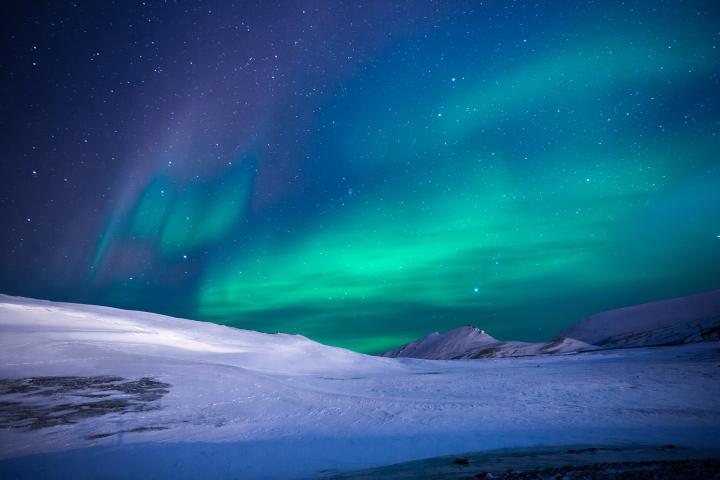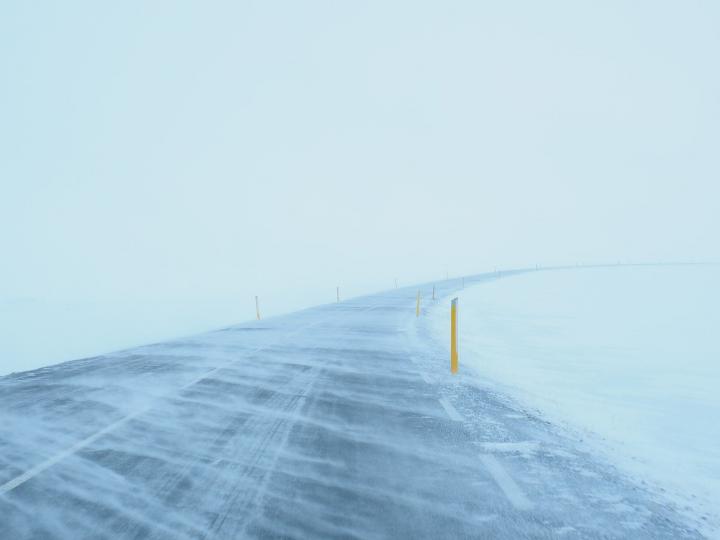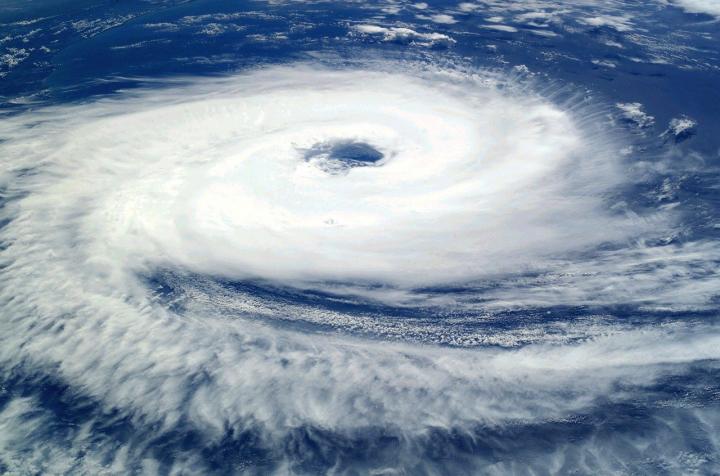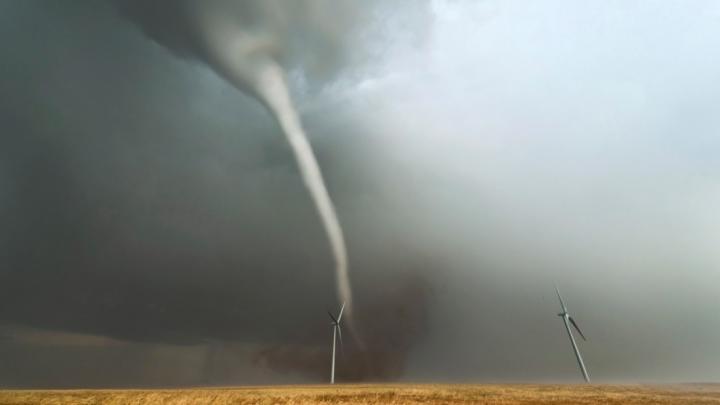Confused by weather forecasts? If you’re a weather watcher, know some of the more common and basic meteorological terms, concepts, and phenomena. We hope that this helps clear the clouds!
Common Weather Terms and Definitions
Anomaly: The difference in temperature or precipitation from the average or normal.
Atmosphere: The mass of air surrounding Earth and bound to it more or less permanently by Earth’s gravitational attraction.
Atmospheric Pressure (also called air pressure or barometric pressure): The pressure asserted by the mass of the column of air directly above any specific point.
Aurora Borealis (also known as the northern lights): The luminous, radiant emission from the upper atmosphere over middle and high latitudes, and centered around Earth’s magnetic poles. These silent fireworks are often seen on clear winter nights in a variety of shapes and colors.

Barometer: A device for measuring atmospheric pressure. (Barometric pressure: The actual pressure value indicated by a pressure sensor.)
Blizzard: Includes winter storm conditions of sustained winds or frequent gusts of 35 mph or more that cause major blowing or drifting of snow, reducing visibility to less than 1/4-mile for 3 or more hours OR a typical Tuesday in New England during the wintertime.

Circulation: The pattern of the movement of air. General circulation is the flow of air of large, semipermanent weather systems, while secondary circulation is the flow of air of more temporary weather systems.
Climate: The prevalent long term weather conditions in a particular area. Climatic elements include precipitation, temperature, humidity, sunshine and wind velocity, and phenomena such as fog, frost, and hail storms. Climate cannot be considered a satisfactory indicator of actual conditions since it is based upon a vast number of elements taken as an average.
Cold Front: A narrow transition zone separating advancing colder air from retreating warmer air. The air behind a cold front is cooler and typically drier than the air it is replacing.
Cyclone: An area of low pressure around which winds blow counterclockwise in the Northern Hemisphere. Also the term used for a hurricane in the Indian Ocean and in the Western Pacific Ocean.

Dew Point: The temperature to which air must be cooled for water vapor to condense and form fog or clouds.
Drought: Abnormally dry weather in a region over an extended period sufficient to cause a serious hydrological (water cycle) imbalance in the affected area. This can cause such problems as crop damage and water supply shortages.
El Niño: The cyclical warming of the ocean temperatures in equatorial waters in the eastern Pacific Ocean that can result in significant changes in global weather patterns.
Evaporation: The process of a liquid changing into a vapor or gas.
Flurries: Light snow falling for short durations. No accumulation or just a light dusting is all that is expected.
Fog: Water that has condensed close to ground level, producing a cloud of very small droplets that reduces visibility to less than 1 kilometer (3,300 feet).

Global Warming: A theory that increased concentrations of greenhouse gases are causing an elevation in Earth’s surface temperature.
Greenhouse Effect: The overall warming of Earth’s lower atmosphere mainly due to carbon dioxide and water vapor, which permit the Sun’s rays to heat Earth but then trap radiation (heat energy) from escaping back into space.
Humidity: The amount of water vapor in the atmosphere.
Indian Summer: An unseasonably warm period near the middle of autumn, usually following a substantial period of cool weather. Learn more about Indian Summers here.
Jet Stream: Strong winds concentrated within a narrow band in the upper atmosphere. It normally refers to horizontal, high-altitude winds. The jet stream often “steers” surface features such as front and low-pressure systems.
La Niña: A cooling of the equatorial waters in the Pacific Ocean that can result in significant changes in climate in the tropical Pacific Ocean and elsewhere around Earth.
Tornado: A violent rotating column of air, in contact with the ground, pendant from a cumulonimbus cloud. A tornado does not require the visible presence of a funnel cloud. It has a typical width of 10s to 100s of meters and a lifespan of minutes to hours.

Warm Front: A narrow transition zone separating advancing warmer air from retreating cooler air. The air behind a warm front is warmer and typically more humid than the air it is replacing.
Weather: The state of the atmosphere at a specific time with respect to sunshine, cloudiness, humidity, rainfall, temperature, wind, and visibility. Weather includes the short-term variations in the atmosphere as opposed to the long-term, climatic changes.
Wind: Air in motion relative to the surface of the earth.
If you have questions about any other meteorological terms, please post them below!
















Comments